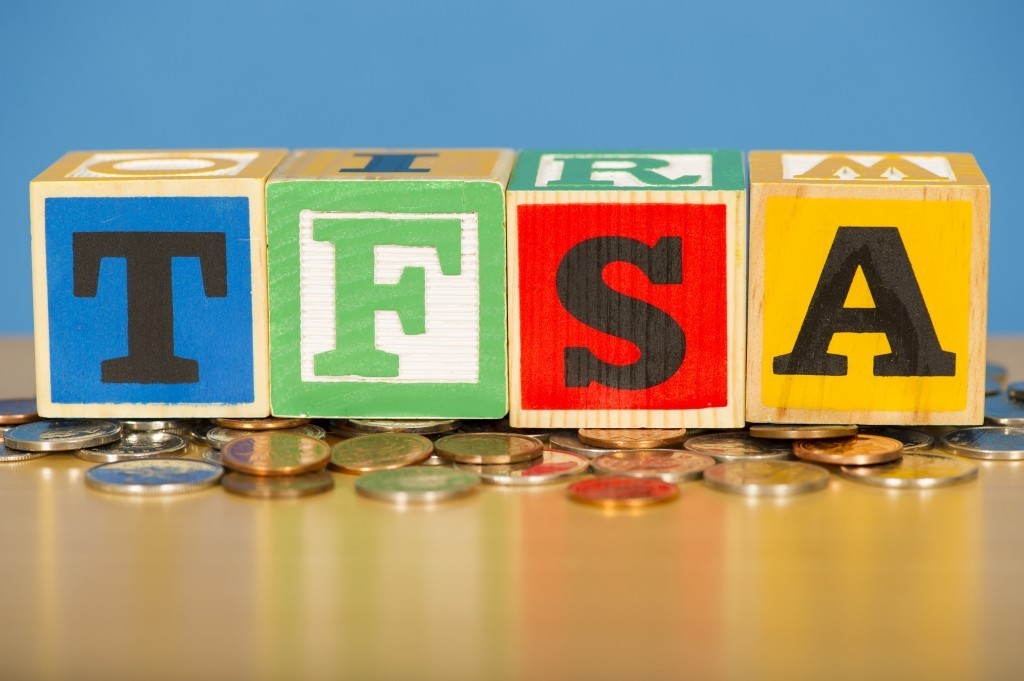Withdraw from a TFSA to contribute to an RRSP?
Think about your future retirement income level before you raid your TFSA to feed your RRSP
Advertisement
Think about your future retirement income level before you raid your TFSA to feed your RRSP

Q: When does it make sense to withdraw money from a TFSA and move it to an RRSP? I am in my late 50s and considering doing this as I have a fairly high income and not much cash on hand to make RRSP contributions. Is that a good move for me?
—Deirdre T.
A: I like that you are thinking about ways to reduce tax, Deirdre, and if you’re careful it may be a good move; if not, it could be a big mistake.
There are two things to think about:
If your plan is to draw and contribute an equal amount from your TFSA to your RRSP then don’t do it.
If you know you’ll have a lower tax rate when you retire this is how you could approach it: first, figure out how much money to contribute to your RRSP so that if you withdraw it after you deposit it, it will be equal to the amount you are drawing from your TFSA. You can do this using the RRSP gross-up formula. Here is an example using a $5,000 contribution and a 40% marginal tax rate: $5,000/(1-MTR (40%)) = $8,333.
Now draw $5,000 from your TFSA and then add another $3,333 from your bank account or line of credit/loan. When you complete your taxes and get the tax refund of $3,333, you will replace the money in your bank account or pay off the line of credit/loan.
You may be thinking, why not just take $5,000 from the TFSA and deposit it into my RRSP and use the refund to invest back into my TFSA or RRSP? You could do that but you will have less after-tax income, assuming your marginal tax rate and the investment interest rate on both accounts are the same.
When you work it out, you’ll see that with a marginal tax rate of 40% the tax refund on $5,000 is $2,000. If you put the $2,000 back into your RRSP you’ll have $7,000 and the after-tax value is $4,200, which is less than your original after-tax $5,000 deposit.
If you are concerned about being in a higher tax bracket and you don’t have the money for an RRSP contribution, you may want to consider a 1-year RRSP loan.
Finally, you don’t want to use up all of the funds in your TFSA. An RRSP/RRIF is good for providing a regular income in retirement, but not so good if you need a large lump sum for a car, vacation, new roof, etc…. that is a good use for a TFSA.
MORE ABOUT ASK AN INVESTMENT EXPERT:
Share this article Share on Facebook Share on Twitter Share on Linkedin Share on Reddit Share on Email
I just came across this article and I know it is quite old so I’m not sure I’ll get a response back. My question is you’re saying there’s a discrepancy of $800 ($5,000-$4,200) but what about the $800 tax refund you’ll get back on the $2,000 RRSP contribution (using the same 40% tax rate? Wouldn’t that make both approaches equal?
P.S. I should add that I do understand that you wouldn’t receive the $800 refund until a year later so you would lose a year of potential investment income on it compared to the other approach where you end up with $5,000.
My spouse is 64 now and has quite a bit of RRSP room. Her income is below 5k now and will stay the same or grow less.
What if she takes out money from her TFSA now and until age 71, to invest in the RSP but claim the deductions in future years when she will be drawing down on her RRSP/RRIF to support retirement?
Is it even legal?
Thanks!
Due to the large volume of comments we receive, we regret that we are unable to respond directly to each one. We invite you to email your question to [email protected], where it will be considered for a future response by one of our expert columnists. For personal advice, we suggest consulting with your financial institution or a qualified advisor.